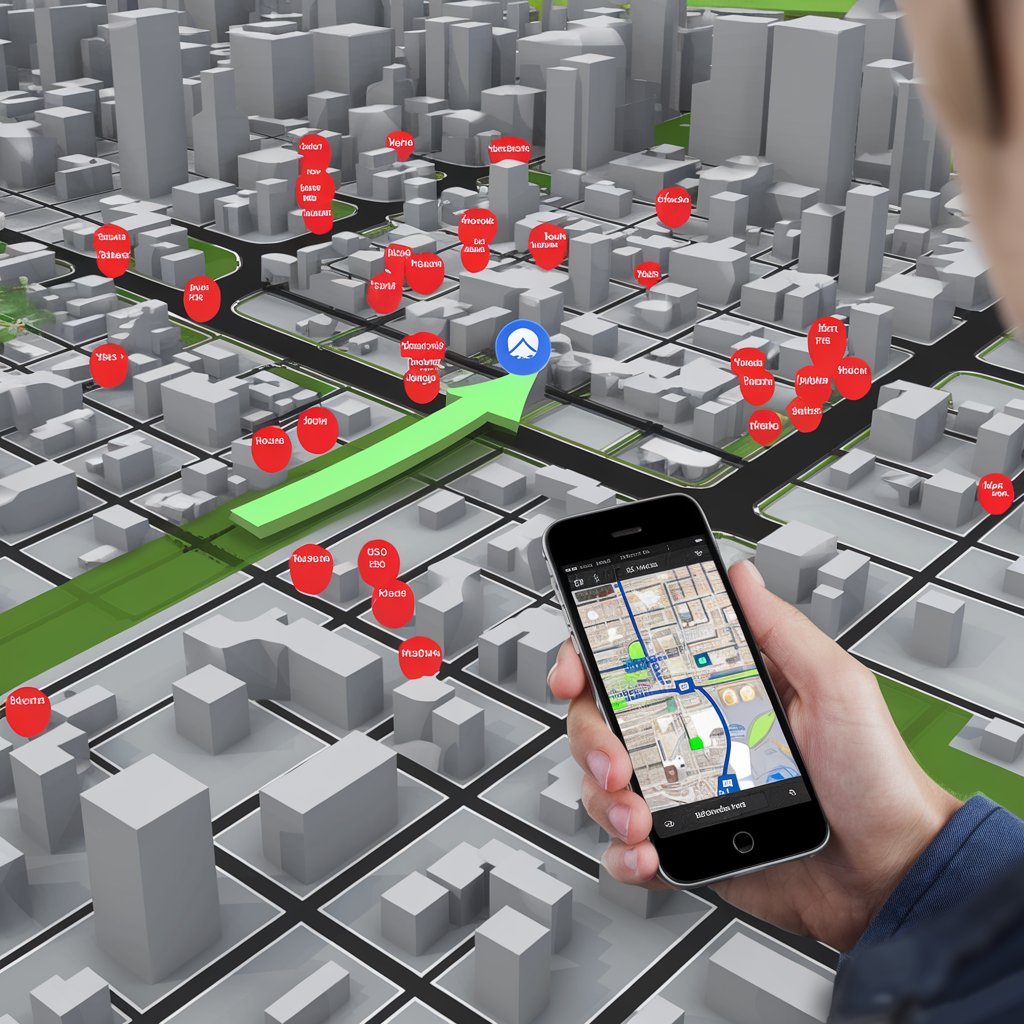The Augmented Reality (AR) navigation industry is on the cusp of a transformative evolution. With advancements in technology, increasing consumer demand, and innovative applications across various sectors, AR is poised to redefine how we navigate our environments. Explores the future of the AR navigation industry, highlighting emerging trends, challenges, potential applications, and the impact of technological advancements.
AR Navigation Industry Outlook
The augmented reality (AR) navigation market is expected to reach USD 6.33 billion by 2029 from USD 1.17 billion in 2024, at a CAGR of 40.3% during the 2024-2029 period.
Emerging Trends in AR Navigation
1. Enhanced User Experiences
As AR technology matures, the focus will increasingly shift toward creating seamless and intuitive user experiences. Future AR navigation applications will likely incorporate more natural interactions, such as voice commands and gesture recognition, allowing users to navigate without needing to look at their devices constantly. This will enhance safety and usability, particularly in complex environments.
2. Integration with AI and Machine Learning
The integration of Artificial Intelligence (AI) and Machine Learning (ML) will play a significant role in the evolution of AR navigation. These technologies can analyze vast amounts of data to provide personalized navigation experiences, adapt routes in real-time based on traffic conditions, and anticipate user needs. This synergy will make AR navigation more efficient, accurate, and user-centric.
Download PDF Brochure @
https://www.marketsandmarkets.com/pdfdownloadNew.asp?id=150009689

3. Real-Time Data and Contextual Awareness
Future AR navigation systems will leverage real-time data from various sources, such as GPS, IoT devices, and social media, to provide contextual information. For example, users may receive updates about local events, weather conditions, or nearby attractions while navigating. This context-aware approach will enrich the user experience, making navigation more engaging and informative.
4. Expansion into New Sectors
While AR navigation is already making strides in automotive, aviation, and marine applications, its future will see expansion into new sectors, including:
- Public Transportation: AR can enhance the user experience by providing real-time information on transit schedules, routes, and potential delays, guiding users seamlessly from point A to point B.
- Retail and Tourism: AR navigation can guide shoppers through stores or tourists through historical sites, offering interactive experiences and information about products or attractions.
- Healthcare: In hospitals, AR can assist with navigation, helping patients and visitors find their way to departments and services, enhancing operational efficiency.
Challenges to Overcome
1. Technical Limitations
While AR technology is advancing rapidly, there are still technical challenges to address. Improving the accuracy of positioning systems, especially indoors, remains a hurdle. Developers must create robust solutions that can work in environments where GPS signals are weak or nonexistent.
2. User Adoption
Despite the potential of AR navigation, widespread adoption will require addressing user concerns around privacy, data security, and ease of use. Ensuring that users feel comfortable sharing their data and using AR applications will be essential for driving growth in the industry.
3. Infrastructure Development
For AR navigation to reach its full potential, significant investment in infrastructure is necessary. This includes enhancing mobile networks (like 5G), developing AR-capable devices, and creating compatible digital maps and data systems.
The Impact of Technological Advancements
1. Advances in Hardware
The future of AR navigation will be greatly influenced by developments in hardware. Lightweight AR glasses and headsets will provide more immersive experiences, allowing users to navigate hands-free. Improvements in battery life, display quality, and processing power will also enhance the overall user experience.
2. 5G Connectivity
The rollout of 5G technology will significantly boost AR navigation capabilities. With faster data transfer rates and lower latency, users will experience real-time updates and interactions, making navigation smoother and more responsive.
3. Cloud Computing
Cloud technology will enable the storage and processing of vast amounts of data necessary for AR navigation applications. This will facilitate the real-time sharing of maps, user-generated content, and contextual information, enhancing the richness of AR navigation experiences.
The future of the Augmented Reality navigation industry is bright, characterized by innovative applications, enhanced user experiences, and the integration of cutting-edge technologies. As AR continues to evolve, it will reshape how we interact with our environments, making navigation more intuitive, efficient, and enjoyable. By addressing technical challenges and focusing on user adoption, the AR navigation companies is poised for substantial growth, transforming not just how we navigate but also how we experience the world around us.
